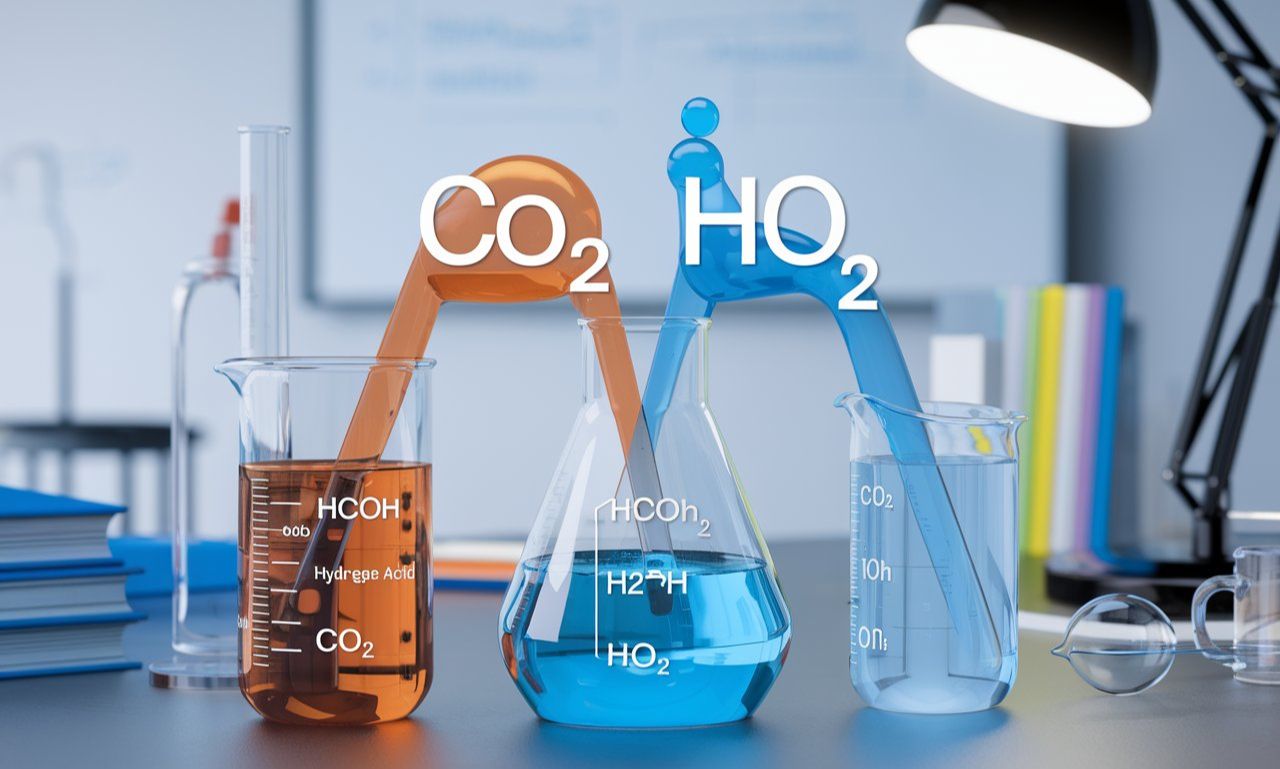Chemical reactions are the foundation of countless processes in nature and industry. One such reaction involves the interaction between Hcooch ch2 h2o (formyloxy methyl) and H2O (water). This article explores the significance, mechanism, and applications of the reaction between HCOOCH2 and H2O, providing a detailed analysis for students, researchers, and chemistry enthusiasts.
What is Hcooch ch2 h2o?
Hcooch ch2 h2o, also known as formyloxy methyl, is an organic compound that belongs to the ester family. It consists of a formyl group (–CHO) attached to a methylene group (–CH2–) via an oxygen atom. This structure makes HCOOCH2 a reactive intermediate in various chemical processes, particularly in organic synthesis.
The Role of Water (H2O) in Chemical Reactions
Water is a universal solvent and a key participant in many chemical reactions. Its polar nature allows it to act as a nucleophile, a proton donor, or a medium for hydrolysis reactions. In the context of HCOOCH2, water plays a crucial role in breaking down the ester bond, leading to the formation of new compounds.
The Reaction Mechanism: HCOOCH2 + H2O
When HCOOCH2 reacts with H2O, a hydrolysis reaction occurs. Hydrolysis is a chemical process in which a molecule is split into two parts due to the addition of water. In this case, the ester bond in HCOOCH2 is cleaved, resulting in the formation of formic acid (HCOOH) and methanol (CH3OH). The reaction can be represented as follows:
HCOOCH2 + H2O → HCOOH + CH3OH
This reaction is typically catalyzed by acids or bases, which accelerate the hydrolysis process. The mechanism involves the nucleophilic attack of water on the carbonyl carbon of the ester, followed by the elimination of the leaving group (–OCH2).
Factors Influencing the Reaction
Several factors can influence the rate and efficiency of the hydrolysis of HCOOCH2:
- Catalysts: The presence of acids or bases can significantly speed up the reaction. For example, sulfuric acid (H2SO4) or sodium hydroxide (NaOH) are commonly used catalysts.
- Temperature: Higher temperatures generally increase the reaction rate by providing more energy for the molecules to overcome the activation energy barrier.
- Concentration: A higher concentration of HCOOCH2 or H2O can lead to a faster reaction due to increased collision frequency between molecules.
Applications of the HCOOCH2 + H2O Reaction
The hydrolysis of HCOOCH2 has several practical applications in chemistry and industry:
- Organic Synthesis: The reaction is used to produce formic acid and methanol, which are valuable intermediates in the synthesis of pharmaceuticals, polymers, and other chemicals.
- Biodegradation: Understanding this reaction helps in designing biodegradable materials, as esters are common components of plastics and polymers.
- Chemical Education: The reaction serves as an excellent example of hydrolysis and ester cleavage, making it a useful teaching tool in chemistry classrooms.
Safety Considerations
While the reaction between HCOOCH2 and H2O is relatively straightforward, it is essential to handle the chemicals with care. Formic acid, one of the products, is corrosive and can cause skin irritation. Methanol is toxic and should be handled in a well-ventilated area. Proper personal protective equipment (PPE), such as gloves and goggles, should always be worn when conducting this reaction.
Conclusion
The reaction between Hcooch ch2 h2o, also known as formyloxy methyl, is an organic compound that belongs to the ester family. a fundamental example of ester hydrolysis, with significant implications in organic chemistry and industrial applications. By understanding the mechanism, influencing factors, and practical uses of this reaction, chemists can harness its potential for various synthetic and environmental purposes. Whether you are a student, researcher, or industry professional, this reaction offers valuable insights into the world of chemical transformations.










